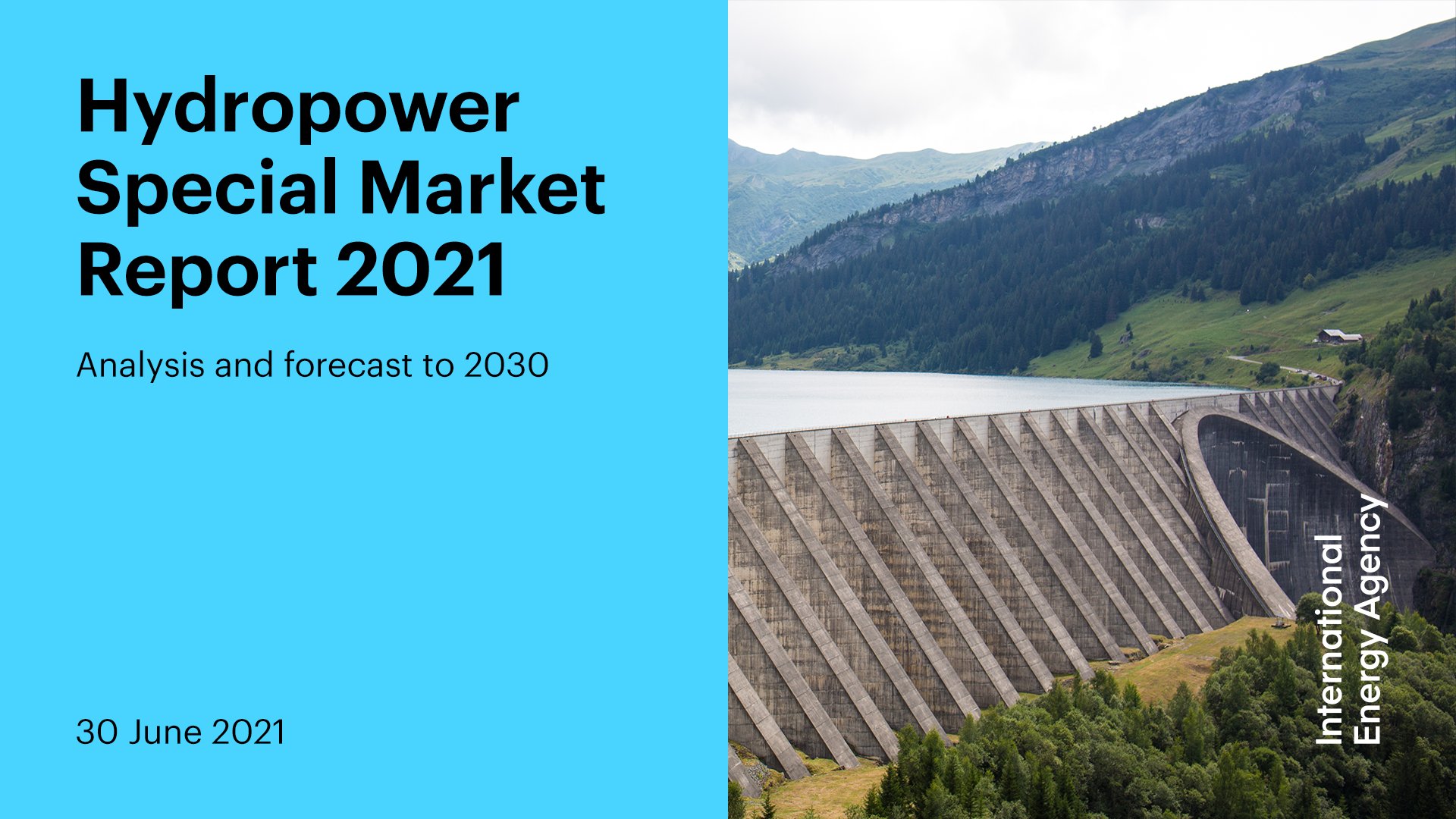To achieve net zero emissions by 2050, governments across the world must introduce policy and regulatory measures aimed at incentivising sustainable hydropower, according to the International Energy Agency (IEA).
In a landmark report published today, the Paris-based agency sets out “seven priority areas” for policy-makers to support new projects, including pumped storage hydropower. The IEA concludes that hydropower provides “unmatched” flexibility and storage services required for ensuring energy security and delivering more solar and wind power onto the grid.

“Reaching net zero emissions by 2050 worldwide calls for a huge increase in hydropower ambitions,” finds the Hydropower Special Market Report. “With its ability to supply large amounts of low-carbon electricity on demand, hydropower is a key asset for building secure and clean electricity systems.”
Hydropower already accounts for nearly a third of the world’s capacity for flexible electricity supply, but has the potential to provide even more, says the IEA. “This makes hydropower a compelling option to support the rapid deployment and secure integration into electricity systems of solar PV and wind.”
“Over the life cycle of a power plant, hydropower offers some of the lowest greenhouse gas emissions per unit of energy generated – as well as multiple environmental benefits,” the report adds.
Surveying future potential growth in the sector, the IEA notes that around half of hydropower’s economically viable potential is still untapped. “The potential is particularly high in emerging economies and developing economies, reaching almost 60 per cent.”
Failing to build enough new sustainable hydropower capacity could put climate targets at risk, the report suggests. The report forecasts 230 GW of new hydropower will be delivered between now and 2030 – unless new policies are implemented to deliver the additional 1,300 GW needed to keep temperature rises to a 1.5 degree target.”
Responding to the report, Eddie Rich, Chief Executive of the International Hydropower Association (IHA), said: “The world is facing a crisis in energy flexibility and storage. If we are to get the most from wind and solar, governments need to incentivise investment in sustainable hydropower to balance up the system when the wind doesn’t blow and the sun doesn’t shine. Policy-makers have a huge opportunity to correct this through holistic post-Covid development plans.
“At the same time, the hydropower sector also needs to step up. Developers have no excuse for projects not to be in line with international good practice.”
The IEA backs strong sustainability standards and believes policy-makers have a key role to ensure projects are delivered responsibly. “Robust sustainability standards and measures are needed to increase investor confidence and gain public acceptance,” the agency says.
The IEA’s 7 priority areas for governments to accelerate hydropower growth are:
1) Move hydropower up the energy and climate policy agenda
2) Enforce robust sustainability standards for all hydropower development with streamlined rules and regulations
3) Recognise the critical role of hydropower for electricity security and reflect its value through remuneration mechanisms
4) Maximise the flexibility capabilities of existing hydropower plants through measures to incentivise their modernisation
5) Support the expansion of pumped storage hydropower
6) Mobilise affordable financing for sustainable hydropower development in developing economies
7) Take steps to ensure to price in the value of the multiple public benefits provided by hydropower plants
The report follows IEA’s publication of the Global Roadmap to Net Zero by 2050, which models a doubling of global hydropower capacity to 2,600 GW.
Latest data however show annual growth in the sector remains off-target, according to IHA’s 2021 Hydropower Status Report, published in May 2021. Installed capacity grew by 1.6 per cent to 1,330 GW in 2020.
“At the present rate of hydropower development, the global energy pathway to net zero emissions will not be realised,” warned Mr Rich and IHA President Roger Gill in the Hydropower Status Report. “This is a wake-up call for policy-makers, hydropower developers and project financiers and provides clarity for the public.

